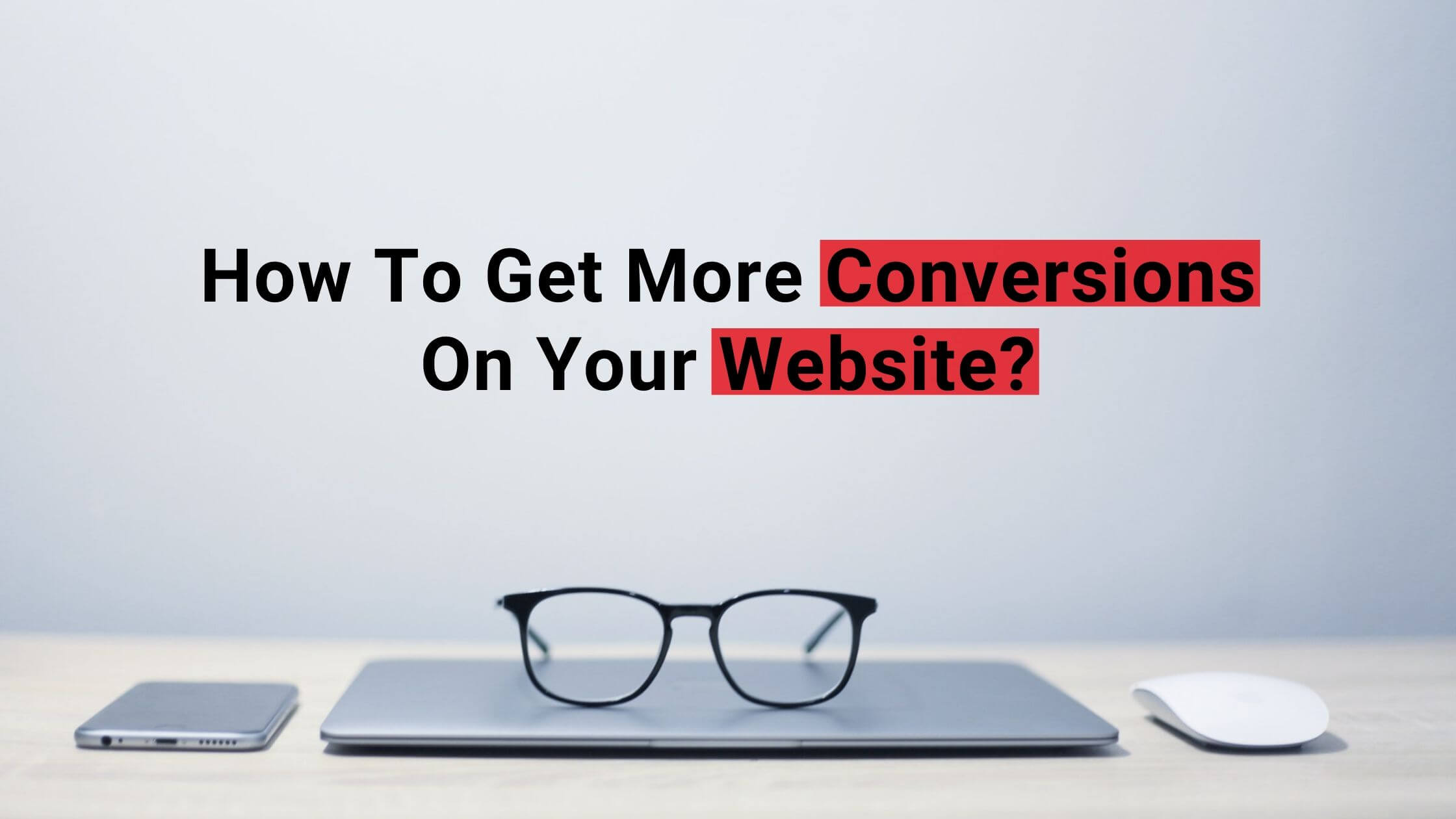How To Get More Conversions On Your Website?
Having a great website is good because it gives you an authoritative presence in the online space. However, a true private practice professional who takes their business seriously doesn’t stop just there. There’s always room for improvement and such thing is the friend of a driven business person.
One of the ways you can improve your website is by looking at one key metric: website conversions.
So, what is a website conversion?
Website conversion is defined as a measure of desired actions from users (downloads, appointments, quote requests, etc.) surfing on your website. The percentage of people that complete such desired actions is referred to as the conversion rate.
There are many elements that influence conversion rate. To save you from the irrelevant ones, I have listed down below the most significant changes you can make to get more conversions on your website.
1. As few fields as possible
Improving your conversion rate for your forms requires convenience. It should be easy for your users to opt-in with the forms on your website. This means not having to fill out multiple unnecessary fields. In most cases, the first name and email should suffice.
2. Add a guarantee
Fear of the unknown is common to man. It is innate in us to play safe because we do not want the unnecessary risk. The same principle may be used in the improvement of your conversion rate. You can provide a guarantee to neutralize the transactional fear that they may have. For guarantees, it usually takes the form of a refund.
3. Use action language
Make your words powerful by using action language. Take the opportunity to empower your reader with clear call-to-action words such as “Yes, I want to book an appointment now.”
4. Use testimonials
Having social proof gives your users the confidence of trust in you. It takes away the fear and doubt which negatively affects your conversion rate. This is why reputation management is very important for small businesses like private practices without wide-scale brand awareness.
5. Choose a strong headline (that is relevant)
A strong headline should not be confused with a clickbait headline. Rather it should be something relevant so that the right users are served the right content. Having a relevant headline attracts users to read an article when the title resonates with them. Such headline is strong when it is truly resonant with the right audience because it has the potential to draw evergreen audiences, unlike clickbait headlines which only offer short-term attention and angry users, too.
6. Reserve your conversion elements above the fold
The first thing that users see upon landing on the page is called the “above the fold”. This means such area is where the eyeballs are focusing on. Anything below the fold has less attention and may only be scrolled-through or skimmed-through without really having been read. Therefore, place your conversion elements above the fold to increase the probability of conversions.
7. Use quality images
Humans are visual and that’s why social media has taken off and blogs were a bit left behind. Taking this knowledge into account, consider using quality and relevant images near your conversion elements so that the user’s attention is smooth. Use authentic images as much as possible. Stock photos may be used but only sparingly lest your website would look generic.
8. Don’t offer too many options
Focus on the action you desire your users to make. As much as possible, only have one conversion element for every web page. You don’t want your user to lose their attention with many CTAs. If it can’t be helped, just make sure that the next call to action is only visible on one field of view (meaning only one CTA exists for any scroll depth).
9. Use pop-ups
Do you want to build an email list with a lead magnet? Consider using pop-ups. They serve as a gentle reminder that you have this kind of exclusive content if they sign up on your newsletter. Yes, they’re intrusive, so you have to be careful in timing the appearance of pop-ups.
10. A/B test
Having the data-driven way of conversion rate optimization is the surefire way to increase your website conversions. There are many things that I could suggest to improve your website conversions but those are only based on heuristics analysis. True determination of what will work for your website requires testing.
Execute these conversion rate optimization opportunities to reduce friction and improve your conversion rate.
If you need help with your website, click this link to book a call with me.


